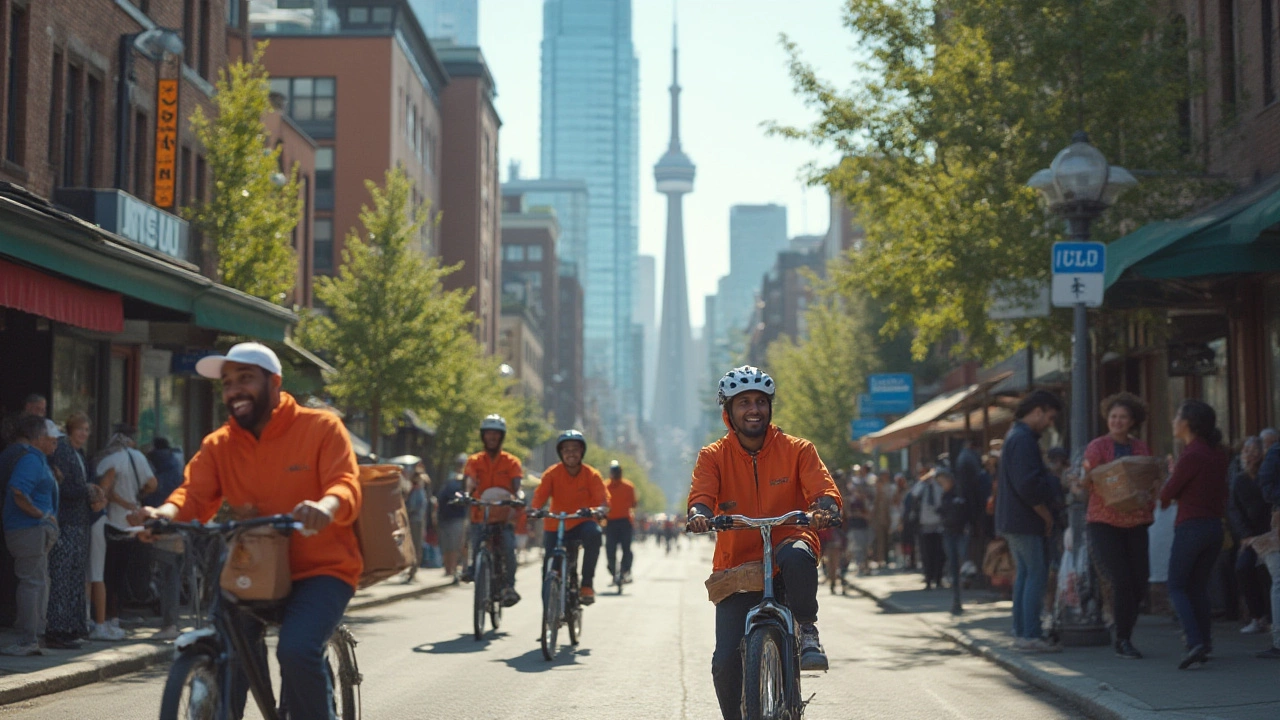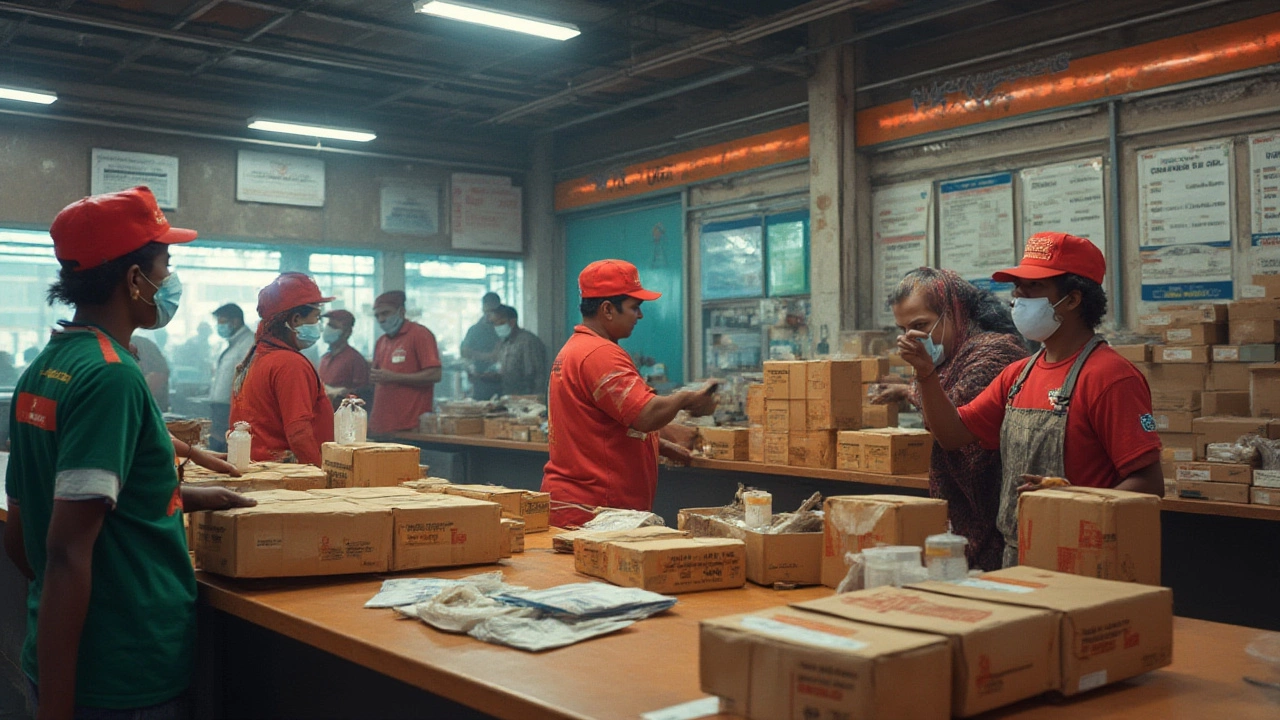What Does Local Courier Mean? Everything You Need to Know About Local Delivery Services
Curious about local couriers? Here’s what local delivery actually means, with real-life tips and facts. Get clear answers from a Toronto local.
Sending a parcel shouldn't feel like solving a puzzle. Whether you're shipping a small gift or a bulky item, the right approach saves time, money, and headaches. Below we break down the basics of package delivery, from picking a courier to trimming costs and making sure your parcel reaches the door on time.
First off, ask yourself what matters most for your shipment: speed, price, or reliability? Big names like UPS, FedEx, and local couriers each have strengths. For urgent orders, express services charge a premium but guarantee next‑day drop‑off. If you’re on a budget, ground shipping with a regional carrier often costs less, especially for heavier boxes. Check online reviews and ask friends about real‑world experiences – a courier with good tracking and friendly customer support usually wins.
Shipping fees are driven by weight, dimensions, distance, and any extra services (like insurance or signature proof). Measure your package accurately; a box that’s just a few inches larger can jump into a higher price bracket. Use a flat‑rate box when it fits – many couriers offer a fixed price up to a certain weight, which can beat per‑pound rates for dense items. Pack tightly with bubble wrap or packing peanuts to avoid empty space, which adds unnecessary weight.
Another money‑saving trick is to plan ahead of the cut‑off time. Most couriers stop taking same‑day pickups after a certain hour, usually around 4 pm. Sending your parcel early in the day or the night before means you avoid premium “last‑minute” fees and gives the carrier a full window to process it.
If you don’t want to lug your package to a drop‑off point, look for courier collection services. Many couriers let you schedule a pickup online, and some even offer free pickup for business accounts or high‑volume shippers. For one‑off needs, compare the pickup fee against the cost of a nearby drop‑off location – sometimes the savings are worth the extra trip.
Understanding delivery coverage is also key. Some couriers limit service to certain zones or have higher rates for remote areas. Before you lock in a price, confirm that the carrier covers the exact destination zip code. If you’re sending internationally, check customs rules and any extra duties; a surprise fee at the border can ruin an otherwise smooth delivery.
Finally, keep an eye on tracking. Most services provide a real‑time link that updates at each checkpoint. If the package stalls, contact customer support with the tracking number – they can often reroute or speed up the process. A clear tracking record also reassures the recipient, reducing “where’s my package?” emails.
In a nutshell, a smart package delivery plan starts with the right courier, accurate measurements, and timing your shipment before cut‑off hours. Use flat‑rate boxes when possible, compare pickup fees, and always double‑check coverage for the destination. Follow these steps and you’ll ship confidently, save cash, and keep your customers happy.

Curious about local couriers? Here’s what local delivery actually means, with real-life tips and facts. Get clear answers from a Toronto local.

Wondering how long a courier takes? Get the real story on courier delivery times, what affects them, and insider tips to speed up your shipment.